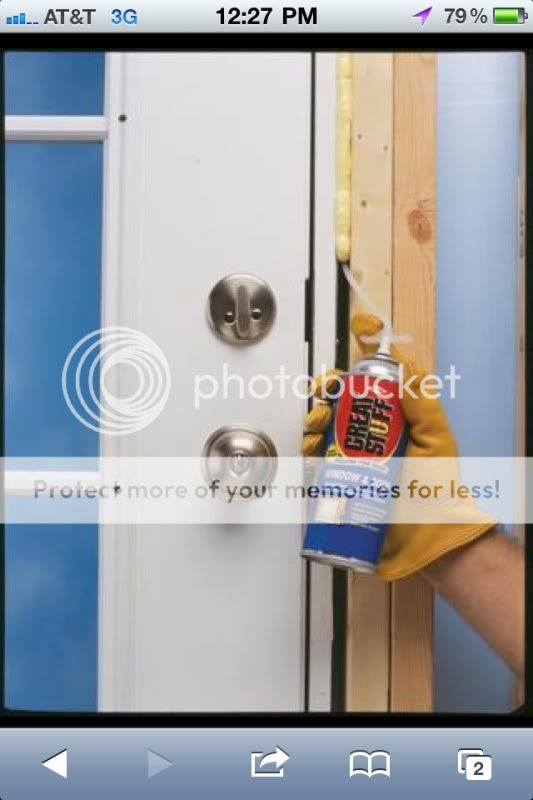That is almost without a doubt overspray from a coating being sprayed nearby, often times covered in backed insulation to keep heat in or out.
There is no rust on the clamp to indicate it was every or currently damp enough to support life, the uneven thickness of the contaminent suggests a spray angle which coated the threads and protruding angles more than other parts of the clamp.
While urethane foams are generally fire RETARDENT they do put off some rather nasty gasses (specifically phosgene) which are incredibly toxic, not just your mercury is toxic variety either, phosgene has been known to kill.
I would take all offending fixtures down and clean them up, especially anything that needs to move like bolts that may be covered in the stuff.
There is no rust on the clamp to indicate it was every or currently damp enough to support life, the uneven thickness of the contaminent suggests a spray angle which coated the threads and protruding angles more than other parts of the clamp.
While urethane foams are generally fire RETARDENT they do put off some rather nasty gasses (specifically phosgene) which are incredibly toxic, not just your mercury is toxic variety either, phosgene has been known to kill.
I would take all offending fixtures down and clean them up, especially anything that needs to move like bolts that may be covered in the stuff.



